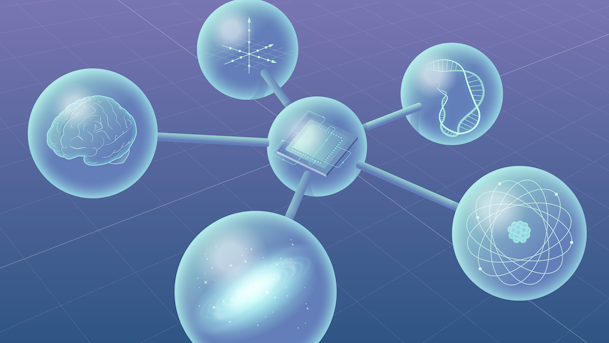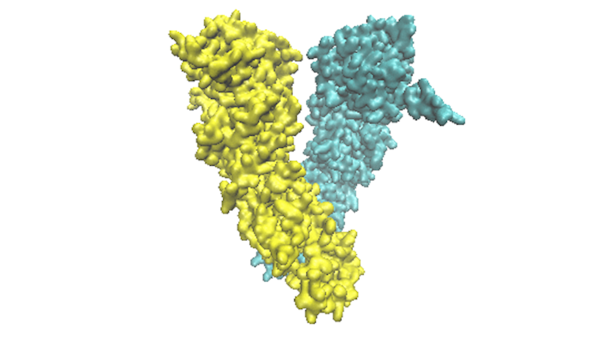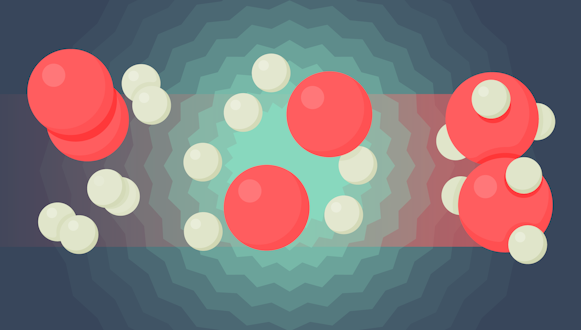The mission of the Flatiron Institute is to advance scientific research through computational methods, including data analysis, theory, modeling and simulation.
Read MoreOur Centers
Center for Computational Biology
Center for Computational Mathematics
Center for Computational Neuroscience
Center for Computational Quantum Physics
Scientific Computing Core
It develops, deploys and maintains computational infrastructure — from supercomputers to desktop PCs — dedicated solely to the use of Flatiron researchers.
Initiatives
Collaborative Work

Machine learning has become an indispensable tool for computational science, and it is an active and growing area of research throughout the Flatiron Institute.
- CCM
- CCN
- CCA
- CCB
- CCQ

Underlying all biological processes are molecules and their interactions with each other. However, our ability to understand how these molecules function over biologically relevant scales remains very limited.
- CCB
- CCM

This collaboration, directed by Greg Bryan of Columbia University, aims to understand and determine the evolution and initial conditions of our universe, using observations via a Bayesian forward modeling approach.
- CCA
- | Columbia University
- | Lawrence Berkeley National Lab
- | Harvard University
- | Stockholm University
- | Institute D'Astrophysique de Paris
- | Université de Montreal
- | Princeton University
- | Carnegie Mellon University
- | Max-Planck Institute for Astrophysics
Flatiron Institute Inclusion, Diversity,
Equity & Advocacy (IDEA) Scholar Program
For distinguished scientists with a particular interest in diversity and inclusion
Scholars may engage in a variety of activities, such as working on scientific projects, starting new collaborations, mentoring junior scientists, and organizing or participating in workshops and career development events.
Software
A major effort of the Flatiron Institute is the development and support of high-quality, open-source software for research.
Research Highlights
Disentangling Interacting Systems with Fermionic Gaussian Circuits: Application to the Single Impurity Anderson Model
Tensor network quantum states are powerful tools for strongly correlated systems, tailored to capture local correlations such as in ground…
Physical Review BGeometric model for dynamics of motor-driven centrosomal asters
The centrosomal aster is a mobile and adaptable cellular organelle that exerts and transmits forces necessary for tasks such as…
Physical Review ResearchThe 2024 New York City Integrative Structural Biology Symposium
The 2024 New York City Integrative Structural Biology Symposium focused on understanding the challenges and opportunities of applying integrative structural…
Trends in Pharmacological SciencesNews & Announcements
February 25, 2025
February 24, 2025
February 13, 2025










